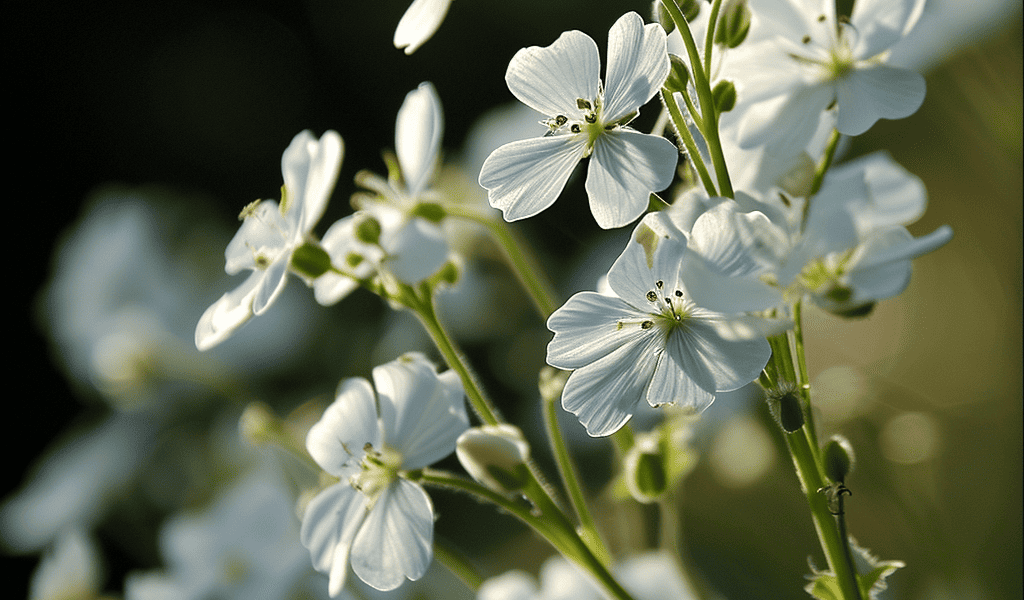Recent research has revealed that natural selection, often associated with driving evolutionary change, can also play a role in preserving similarities between populations. This surprising finding challenges the traditional understanding of the mechanism of evolution.
Biologists have long studied the process of evolution, which is driven by genetic diversity within populations. Mutations lead to the emergence of traits that confer advantages for individuals in their specific environment, leading to their increased likelihood of being passed on to future generations. This process is known as natural selection.
While evolutionary biologists typically focus on the diversity within and between populations and species, a new study led by evolutionary biologist Jeff Conner from Michigan State University, along with colleagues from the US and China, has highlighted that natural selection can also lead to the preservation of similarities among populations.
The research focused on wild radish (Raphanus raphanistrum), which has evolved to have two short and four long stamens, a feature known as ‘anther separation’. Despite the lack of understanding regarding the reason for this length difference, previous studies have indicated that natural selection maintains this trait.
The study emphasized the significance of additive genetic variation, where multiple genes contribute to a trait, in driving the evolution of traits. It also highlighted the concept of constraint, where a lack of genetic variance can hinder the evolution of favorable traits, leading to their stabilization across generations.
This research challenges the conventional view of natural selection as a driver of diversity and highlights its role in preserving specific traits within populations. The findings open up new avenues for understanding the complexities of evolution and the impact of natural selection on the genetic makeup of populations.





